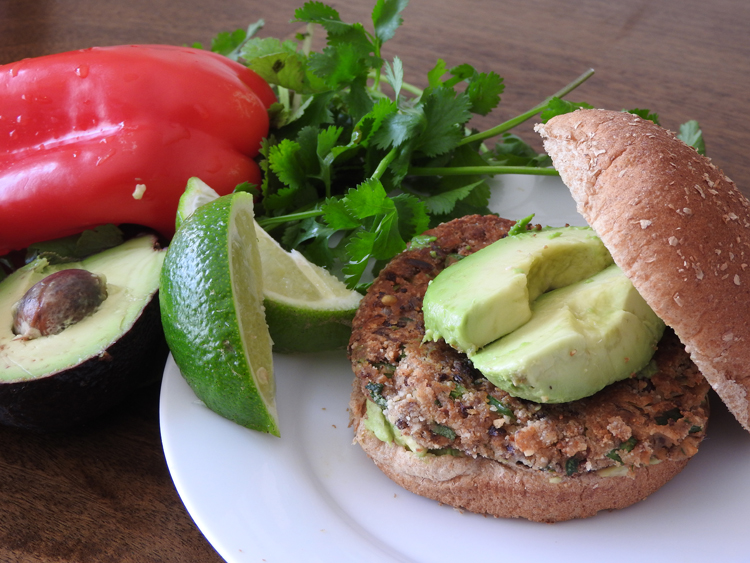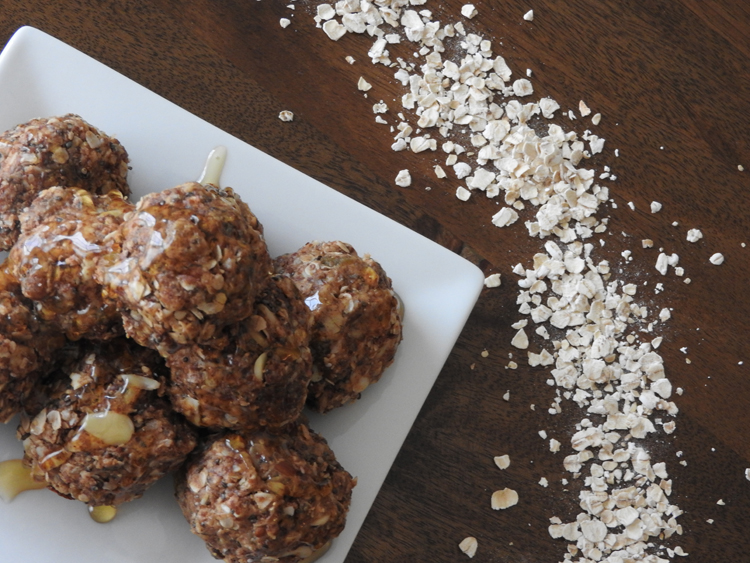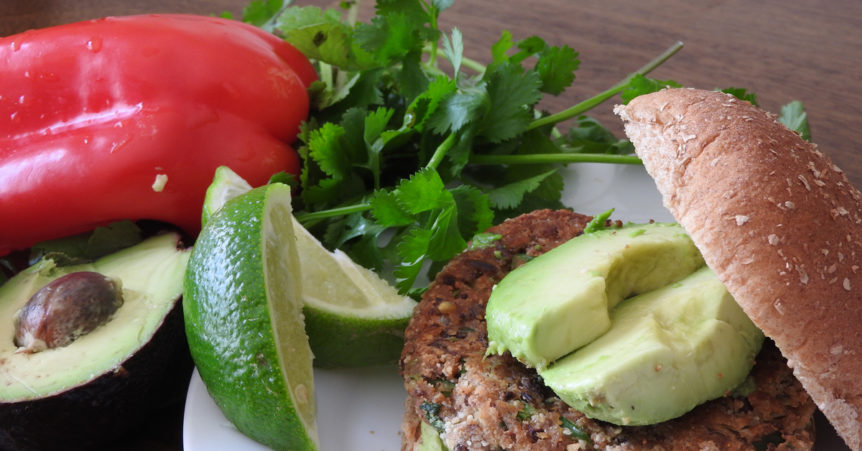
Can you believe it is almost spring? I know the Northeast is about to get hit with another snow storm, but it feels like it was just the holidays season and summer will be here before we know it. The birds will be chirping, the flowers will be blooming and warmer days will be upon us in the blink of an eye. So as we are start to think of those summer bodies, I thought it was in important time to discuss nutrition and some sources of confusion with Carla Duenas, Registered Dietician at Baptist Health South Florida.
Common points of nutrition confusion:
Calories: Is it important to count them?
Counting calories is important but not all calories are the same- 200 calories of nuts will satisfy hunger, 200 calories of chocolate will not make a difference in your satiety level. It can also be tedious to track calories for all the foods you eat all the time. However, it may raise awareness of how many calories are found in foods therefore, helping you make better food choices.
More important and easier than counting calories is to control food portions by reading labels and focusing on nutritious foods (fruits, vegetables, healthy fats, whole grains and lean proteins)
Macros: What are they?
Macronutrients or Macros are nutrients needed in large quantities by the body. These are carbohydrates, protein and fat. Eliminating any of these can have negative consequences, since these are needed for energy, growth and many other bodily functions.


CARBS: Should people stay away from carbs? If so, why or why not?
People should NOT stay away from all carbs! Carbs are a macronutrient, in fact, the one that the body (and brain) prefers for energy. The real problem is most people eat too much from this food group and not the healthiest sources either.
What are some healthy carb options?
A carb is considered healthy if it is in its natural state or source and it does not spike up blood sugar quickly. In other words, not processed and high in fiber to allow your body enough time to digest it.
Examples of healthy carbohydrate foods:
- Brown rice, Quinoa, Farro, Barley, Popcorn, Whole Wheat Pasta and Bread, Beans, and starchy vegetables (Potato, Plantain, Yucca, Pumpkin, Butternut Squash, Corn)
- Whole fruits
- Dairy
Is there a time of day we benefit most from consuming carbohydrates?
Yes, around the time we are most active because the body uses carbohydrates for energy. Timing of carbohydrates is particularly important for very active people and athletes. However, it’s best to distribute carbohydrate intake throughout the day to maintain energy levels (and mood) constant.

FAT: How does the consumption of healthy fat like olive, coconut and avocado oils impact our body during exercise? Essentially, will fat make you fat?
While it’s true that 1 gram of fat has more calories than 1 gram of carbohydrates or protein, the type of fat is what matters the most. Some fats promote good health while others increase the risk for heart disease.
The good fats are called poly and mono unsaturated fats or MUFA and PUFA and these are excellent for heart health and to bring down inflammation in the body.
Always remember that ALL fats, when consumed in excessive amounts, can contribute to weight gain. 1-2 portions per meal is ideal. Portions:
- 3-5 ounces of salmon, fresh tuna, sardines
- 1-2 tbsp olive oil or nut butter
- 1 handful of nuts
- 1/3 avocado
- 2 tbsp seeds

Nutrition labels: Can you help us break down a nutrition label? Which parts are the most important?
The most important part of the nutrition label is actually the ingredient list, at the bottom of the label. Companies have to list every ingredients that was used to make their product. If the list contains healthy and few ingredients, it will be reflected on the numbers on the nutrition label, by being healthy as well.
The second part to look at is the portion size and how many portions come in the package you are holding. Every number on the nutrition label is based on 1 serving only- and companies determine what that looks like. This is how they can make the numbers look better, by reducing the serving size to make it seem like it has fewer grams of sugar, for example. Understanding the serving size can help you decide how many servings you are planning on eating.
SUGAR: What are the most common types of sugar and preservatives found in our food? How can we identify them when the food is marketed as “healthy”?
Food companies are very creative to hide sugar under many different names, using several types and lately, using natural sources to trick the consumer into thinking their products are healthy. Example: Coca Cola “Life” contains cane sugar and Stevia instead of high fructose corn syrup. This does not make it healthier, just has less calories. Fortunately for us, by 2018, companies will have to break down grams of sugars that are naturally found in the product (think lactose in yogurt) and grams of ADDED sugars (strawberry yogurt) which may include natural sweeteners.
Key words to spot natural sugars: honey, agave, syrups, nectars, juices, fructose, lactose, maltose or malt, molasses, sugar (white and brown). The fact that they are natural does not mean they are without consequences for your weight or disease risk.
Stay tuned for more from Carla Duenas as she breaks down nutrition for training! She is a wealth of knowledge and if you like this article as much as I do make sure to check out more from her here and here.



